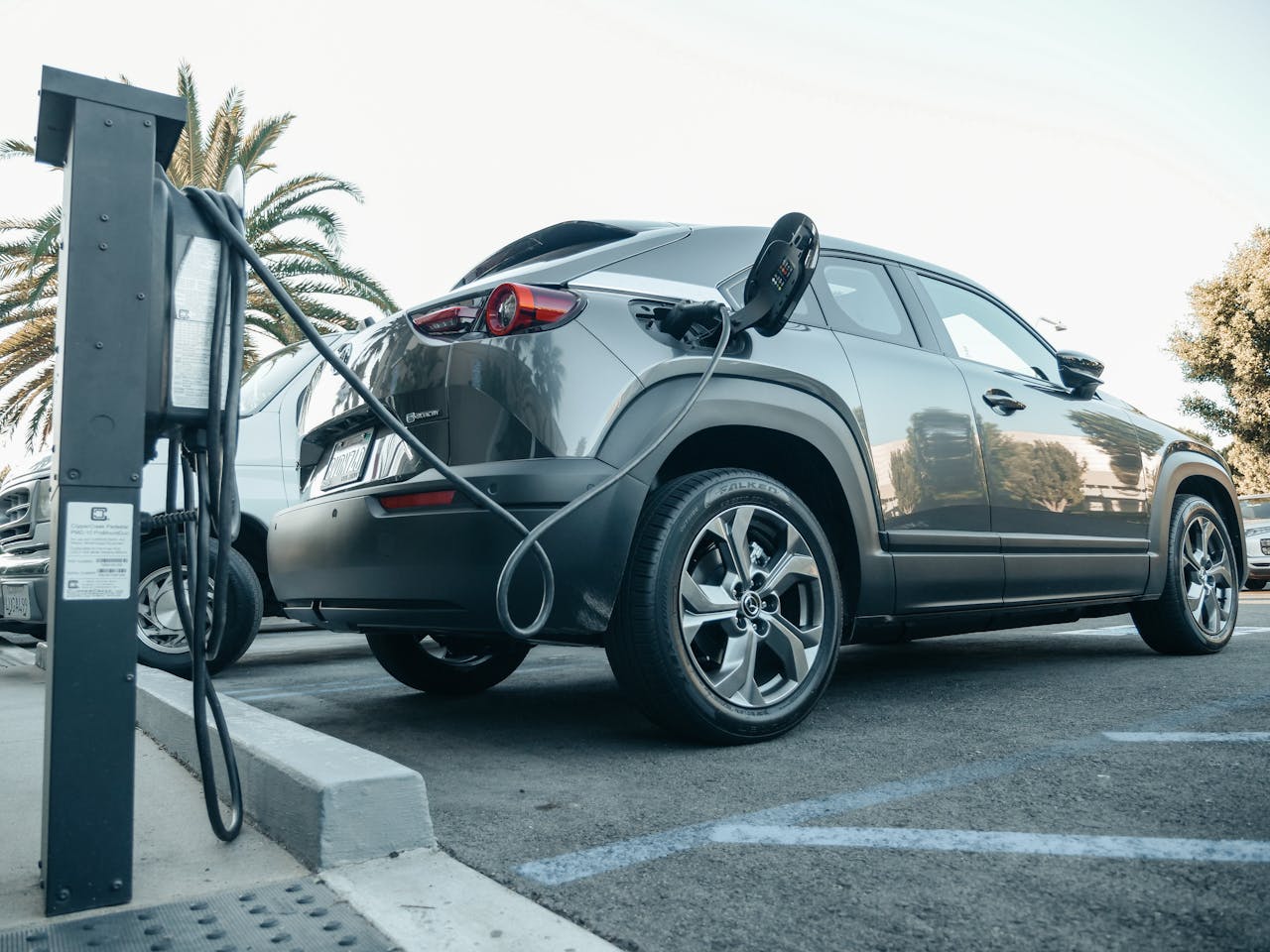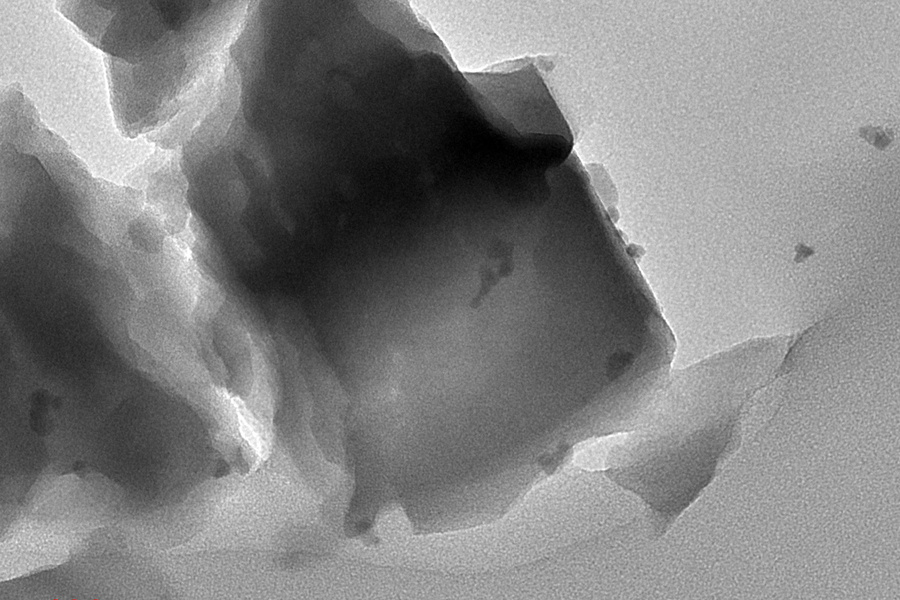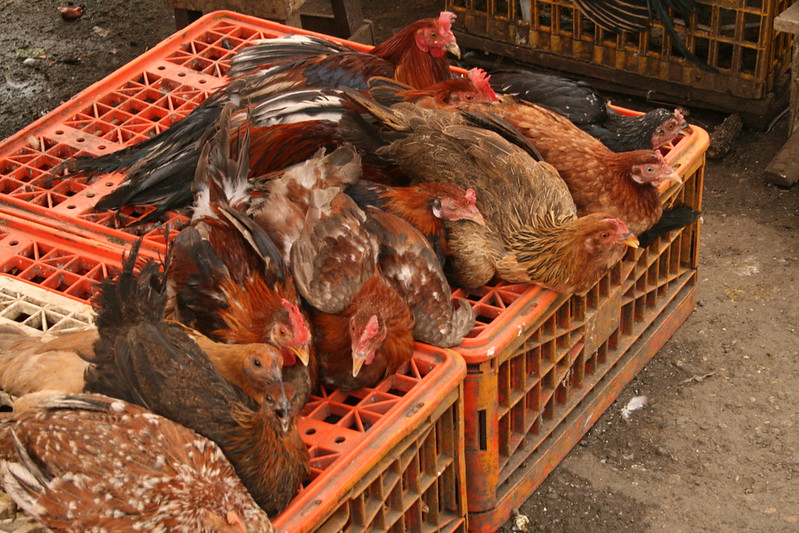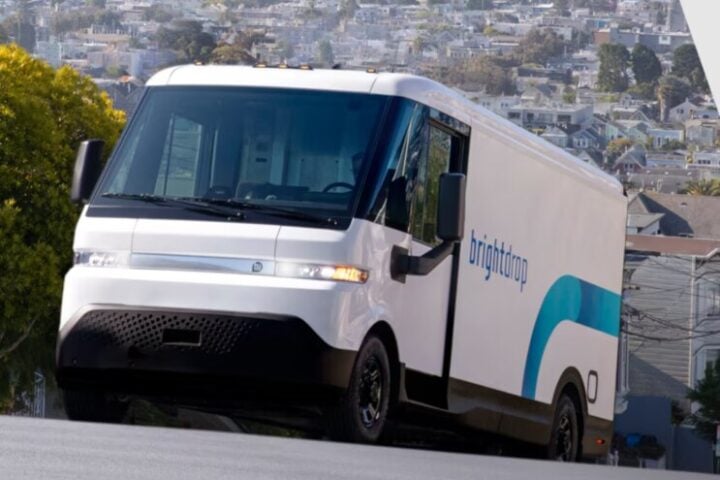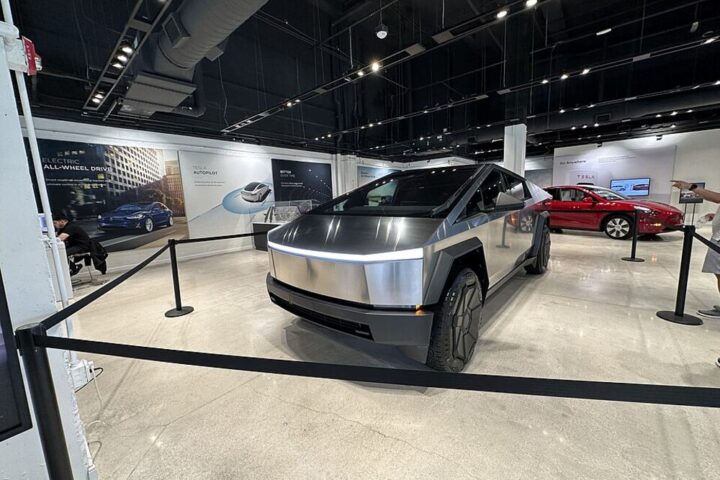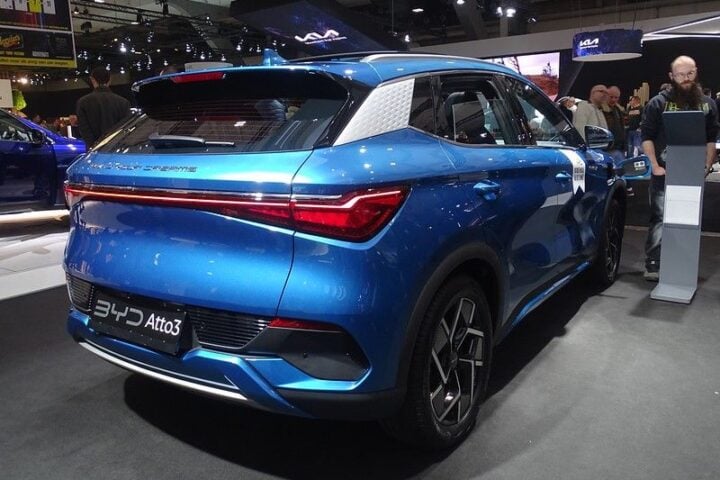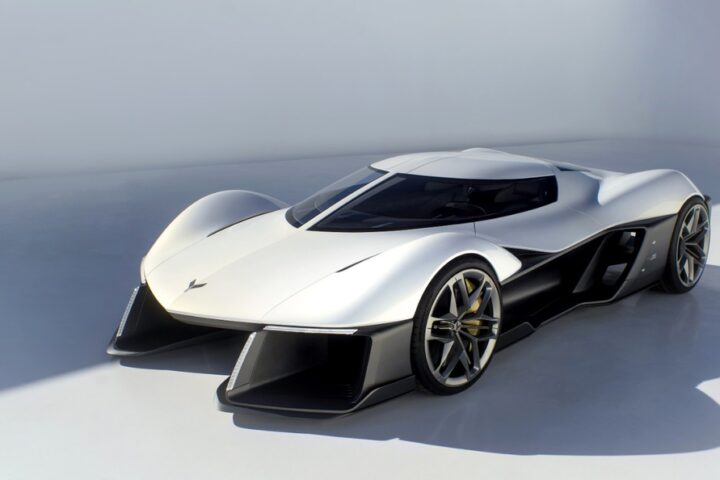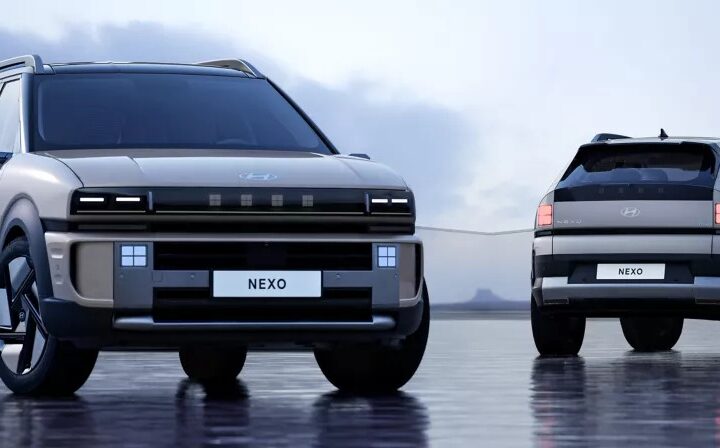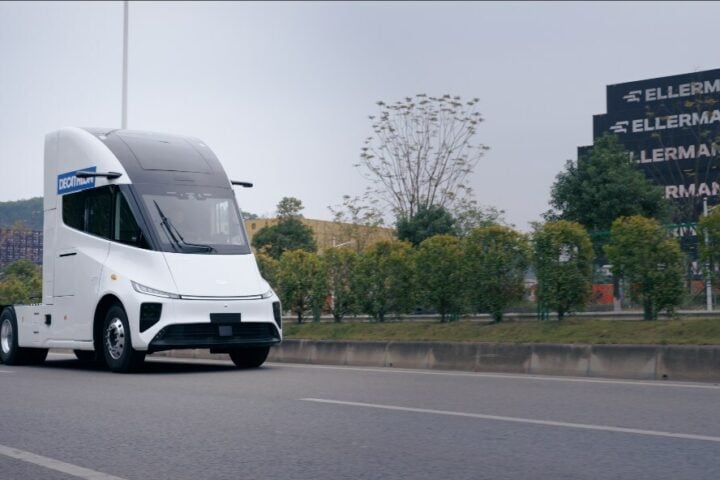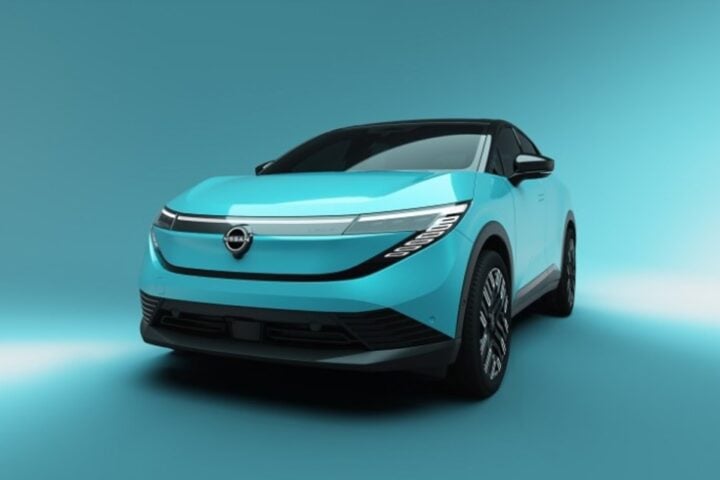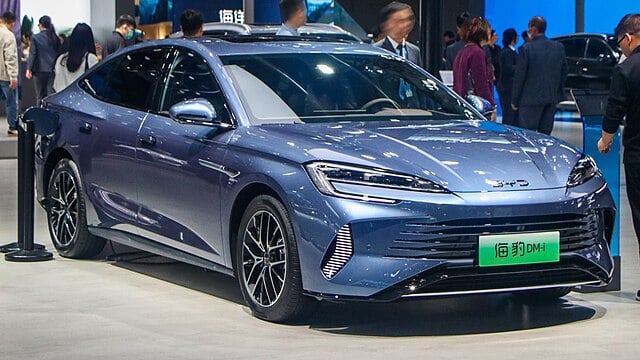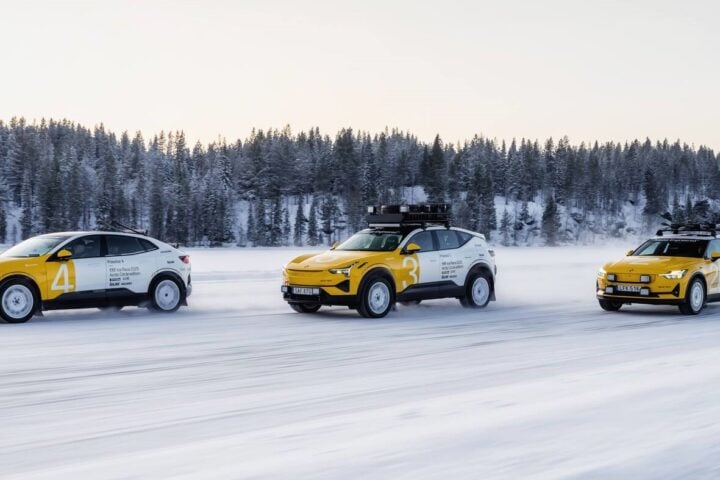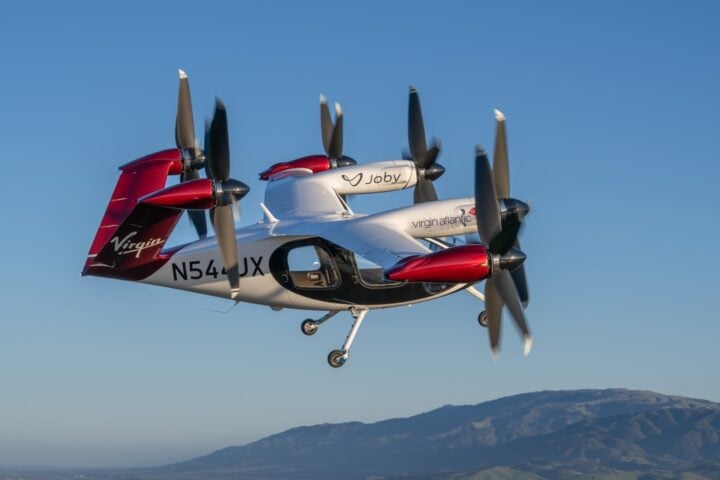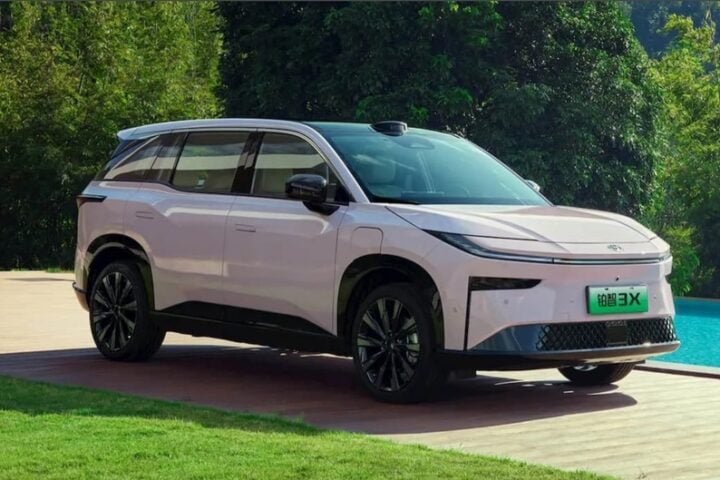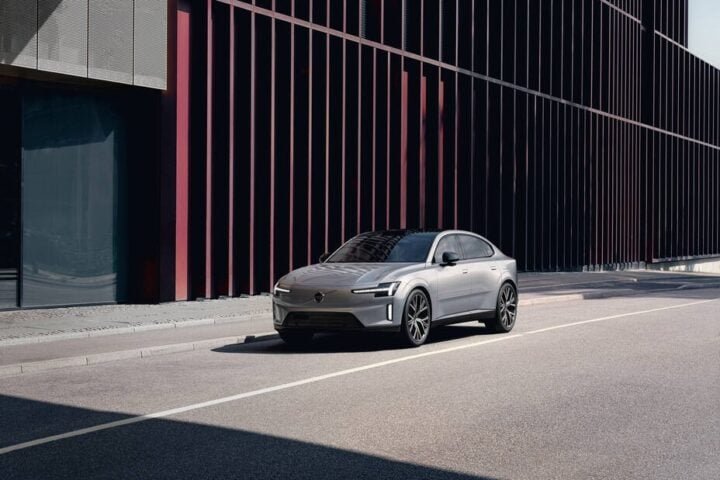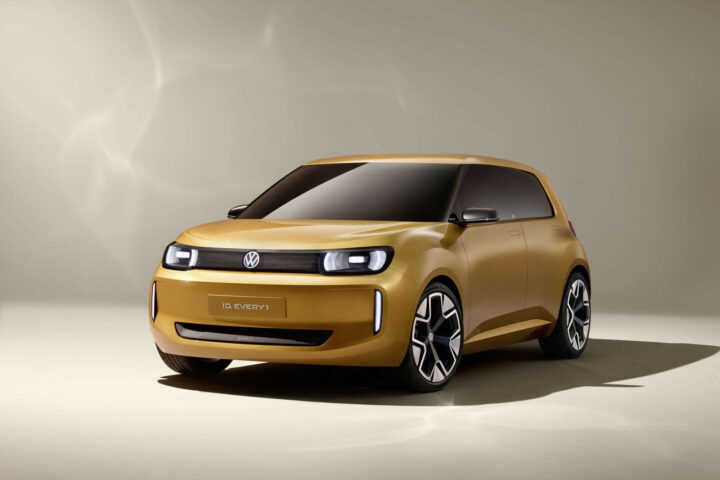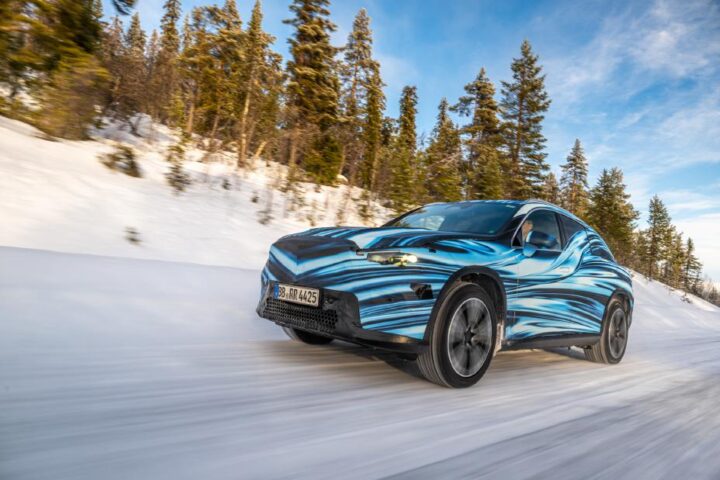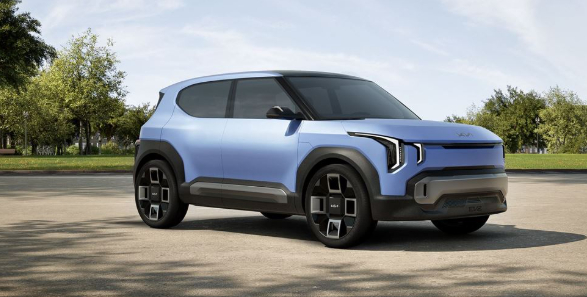Quebec has enacted regulations to ban the sale of new gasoline-powered vehicles by 2035, marking a decisive shift in the province’s transportation policy. The ban targets light-duty vehicles – cars, light trucks, pickup trucks, and SUVs weighing 4,536 kilograms or less when fully loaded.
Timeline and Implementation
The ban rolls out in two phases. From January 1, 2034, selling new or used 2035 model vehicles with internal combustion engines becomes illegal. By December 31, 2035, the prohibition extends to selling or leasing any new gas-powered vehicles from 2034 or earlier model years.
Existing gas-powered vehicles registered in Quebec before the deadline can remain on roads and be resold, providing a buffer for current owners. The regulation exempts mopeds, motorcycles, emergency vehicles, and short-term rental fleet vehicles.
Environmental Impact and Challenges
Quebec’s transportation sector currently generates 43% of the province’s annual greenhouse gas emissions. While the ban aligns with Quebec’s goal of putting two million electric vehicles on roads by 2030, several implementation challenges exist.
The recent pause of Quebec’s “Roulez vert” zero-emission vehicle rebate program in February 2025 raises questions about affordability. The program’s future hinges on the provincial budget announcement in April 2025.
Credit System and Industry Requirements
The Zero-Emission Vehicle (ZEV) standard requires automakers selling over 4,500 new light-duty vehicles annually to accumulate credits through ZEV sales. For 2018-2024, manufacturers selling over 20,000 vehicles yearly face specific ZEV sales requirements.
Starting 2025, the credit system changes significantly. Each ZEV sale earns one credit, while low-emission vehicles with 80+ kilometer electric range earn half a credit. The government allows flexibility during 2025-2027 for vehicles with 50-80 kilometer range.
More Stories
Infrastructure and Economic Considerations
The regulation’s success depends on the ZEV standard supporting the government’s transport electrification goals. The ban works alongside Quebec’s broader climate initiatives to reduce transportation emissions.
Small automakers can sell excess credits to larger manufacturers struggling to meet requirements. However, credit carry-over limits decrease gradually, reaching zero by 2034 to ensure complete transition to electric vehicles by 2035.
Industry Impact
The ZEV standard enables automobile dealerships to respond to growing consumer demand for low-carbon emitting models at more affordable prices. Automakers must ensure zero-emission vehicles are available where demand exists.
The ban represents Quebec’s effort to electrify its transportation network and reduce greenhouse gas emissions through regulatory measures and industry cooperation.
